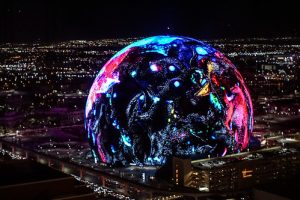I used generative AI to turn my story into a comic—and you can too
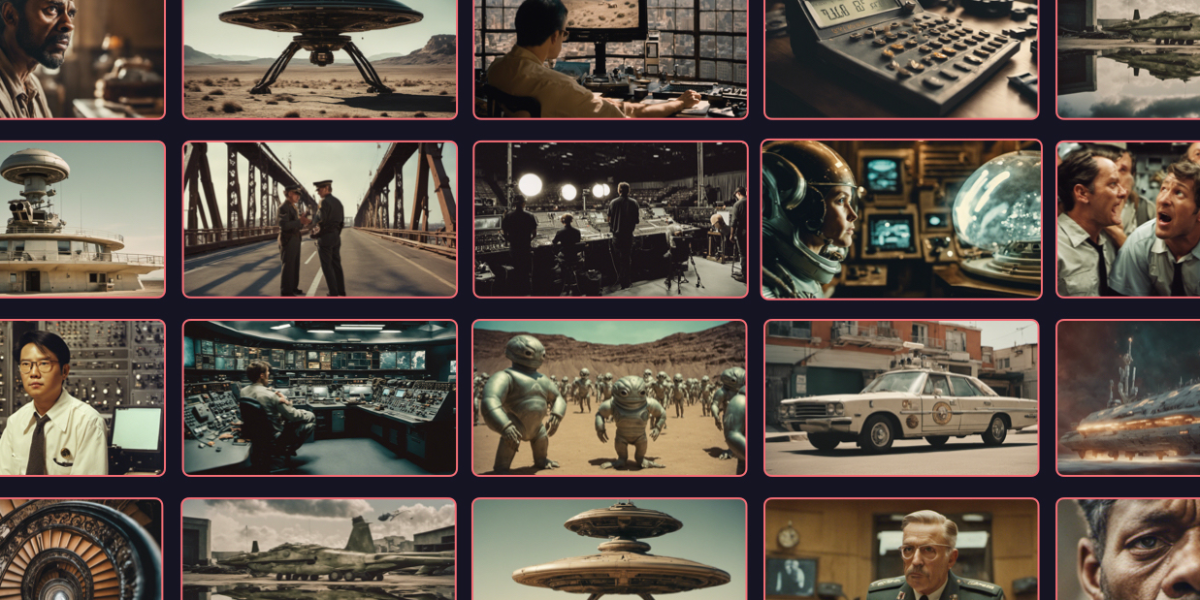
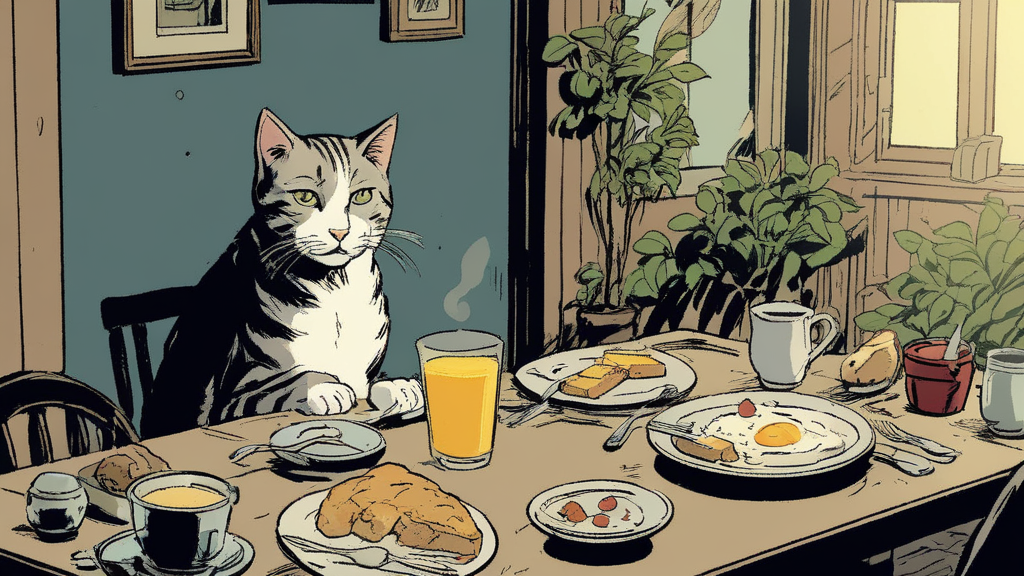

LORE MACHINE / WILL DOUGLAS HEAVEN
After more than a year in development, Lore Machine is now available to the public for the first time. For $10 a month, you can upload 100,000 words of text (up to 30,000 words at a time) and generate 80 images for short stories, scripts, podcast transcripts, and more. There are price points for power users too, including an enterprise plan costing $160 a month that covers 2.24 million words and 1,792 images. The illustrations come in a range of preset styles, from manga to watercolor to pulp ’80s TV show.
Zac Ryder, founder of creative agency Modern Arts, has been using an early-access version of the tool since Lore Machine founder Thobey Campion first showed him what it could do. Ryder sent over a script for a short film, and Campion used Lore Machine to turn it into a 16-page graphic novel overnight.
“I remember Thobey sharing his screen. All of us were just completely floored,” says Ryder. “It wasn’t so much the image generation aspect of it. It was the level of the storytelling. From the flow of the narrative to the emotion of the characters, it was spot on right out of the gate.”
Modern Arts is now using Lore Machine to develop a fictional universe for a manga series based on text written by the creator of Netflix’s Love, Death & Robots.
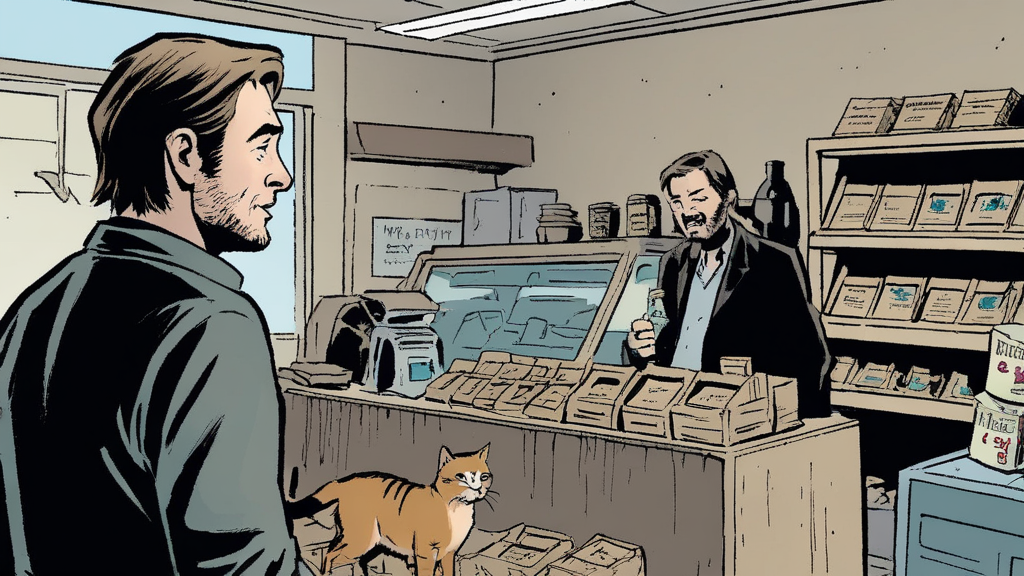
LORE MACHINE / WILL DOUGLAS HEAVEN
Under the hood, Lore Machine is built from familiar parts. A large language model scans your text, identifying descriptions of people and places as well as its overall sentiment. A version of Stable Diffusion generates the images. What sets it apart is how easy it is to use. Between uploading my story and downloading its storyboard, I clicked maybe half a dozen times.
That makes it one of a new wave of user-friendly tools that hide the stunning power of generative models behind a one-click web interface. “It’s a lot of work to stay current with new AI tools, and the interface and workflow for each tool is different,” says Ben Palmer, CEO of the New Computer Corporation, a content creation firm. “Using a mega-tool with one consistent UI is very compelling. I feel like this is where the industry will land.”
Look! No prompts
Campion set up the company behind Lore Machine two years ago to work on a blockchain version of Wikipedia. But when he saw how people took to generative models, he switched direction. Campion used the free-to-use text-to-image model Midjourney to make a comic-book version of Samuel Taylor Coleridge’s The Rime of the Ancient Mariner. It went viral, he says, but it was no fun to make.
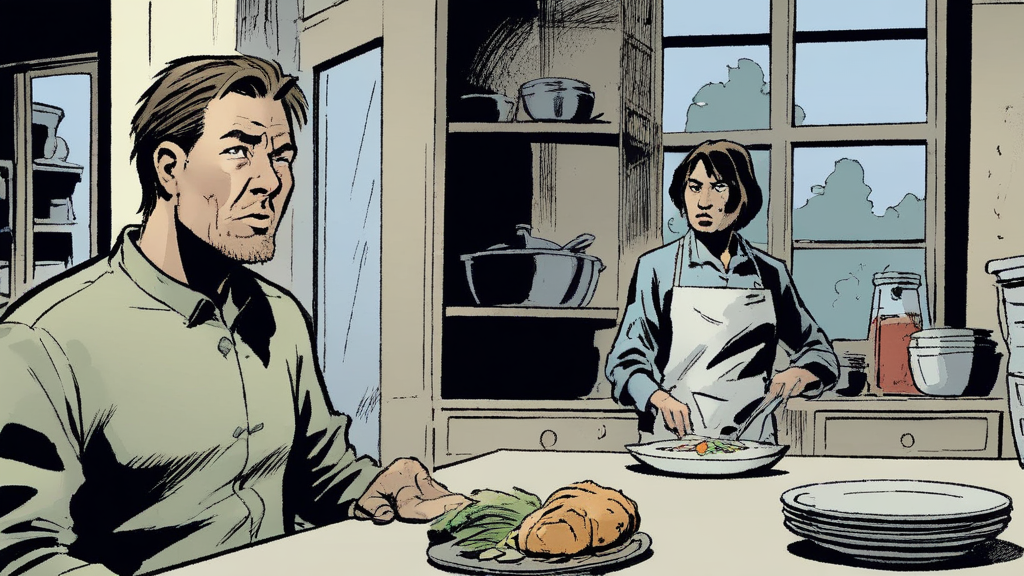
LORE MACHINE / WILL DOUGLAS HEAVEN
“My wife hated that project,” he says. “I was up to four in the morning, every night, just hammering away, trying to get these images right.” The problem was that text-to-image models like Midjourney generate images one by one. That makes it hard to maintain consistency between different images of the same characters. Even locking in a specific style across multiple images can be hard. “I ended up veering toward a trippier, abstract expression,” says Campion.




